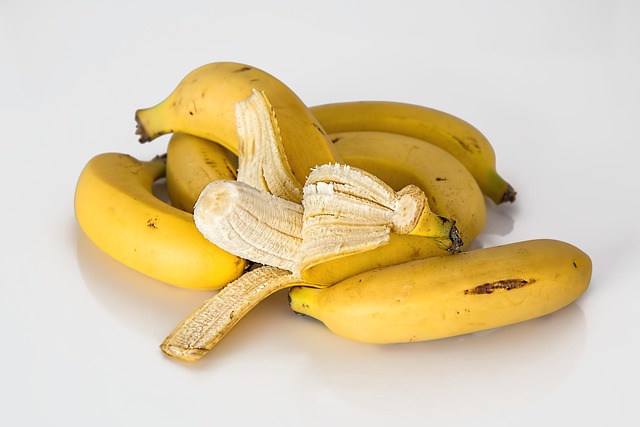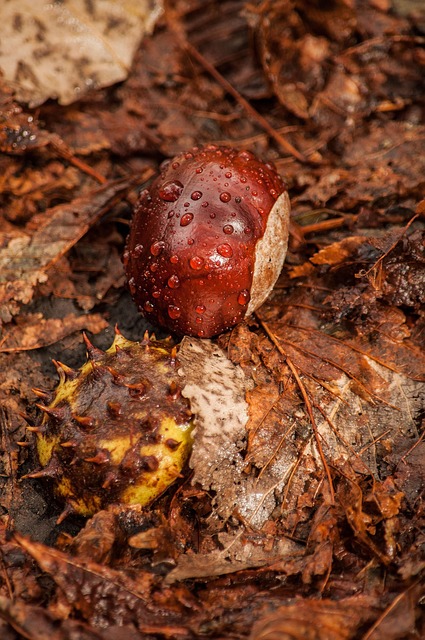Skin resurfacing peels (chemical peels) are a popular, non-invasive solution for acne scars, stimulating collagen production and improving skin texture by gently removing damaged layers. They vary in strength and acid type based on scarring severity and skin type, with options for sensitive, oily, and normal skin. The procedure involves consultation, application of topical anesthetics and chemical solutions, and post-application care to manage side effects. Professional peels offer deeper exfoliation and quicker results, while at-home peels are gentler and convenient. Proper aftercare, including sun protection, hydration, and a balanced diet, is crucial for optimal results and maintaining smoother, even skin texture.
Suffering from acne scars? Chemical peels might be the solution you’re looking for. This article delves into the world of skin resurfacing peels, offering a comprehensive guide to understanding, using, and maintaining them. From explaining the science behind chemical peels to exploring different types suitable for various skin types, we cover it all. Learn about the benefits, potential side effects, procedure details, and how to choose the right peel for your needs.
Understanding Chemical Peels: A Simple Explanation

Chemical peels, also known as skin resurfacing peels, are a popular and effective treatment for acne scars. This non-invasive procedure involves applying a chemical solution to the skin, which removes the top layer of damaged or scarred tissue, revealing smoother, healthier skin underneath. The process is relatively simple yet powerful; it encourages the body’s natural healing response, stimulating collagen production and improving overall skin texture.
These peels work by creating a controlled injury to the skin, similar to a burn but much milder. The chemical solution etches away the outer layers of the epidermis, removing imperfections and scars. As the skin heals, new, smoother skin forms, reducing the appearance of acne scars and improving overall complexion. This method is especially beneficial for individuals seeking a minimally invasive approach to treating stubborn acne scars without the downtime associated with more aggressive procedures.
How Chemical Peels Work on Acne Scars

Chemical peels, also known as skin resurfacing peels, are a non-invasive procedure that has gained popularity for treating acne scars. These peels work by applying a chemical solution to the skin, which gently removes the upper layers of damaged or scarred tissue. This process stimulates collagen production and speeds up the skin’s natural healing mechanisms. As a result, it helps to improve the texture and appearance of the skin, reducing the depth and visibility of acne scars over time.
During a chemical peel treatment, the specific chemical solution chosen targets different layers of the skin based on the severity of scarring. For mild cases, lighter acids like glycolic acid or salicylic acid can be used to exfoliate and rejuvenate the skin. More severe scarring may require stronger acids such as trichloroacetic acid (TCA), which penetrates deeper into the dermis to promote collagen regeneration. The procedure is typically quick, painless, and offers minimal downtime, making it an attractive option for those seeking a safe and effective way to address acne scars.
Types of Skin Resurfacing Peels for Different Skin Types

When it comes to skin resurfacing peels, various options cater to different skin types and concerns. For those with sensitive skin, gentle chemical peels are a popular choice. These peels typically use alpha hydroxy acids (AHAs) like glycolic acid or lactic acid in lower concentrations to gently exfoliate the top layer of the skin without causing irritation.
Oily or acne-prone skin benefits from more robust formulations. Salicylic acid, a beta hydroxy acid (BHA), is particularly effective in deep cleaning pores and removing dead skin cells, making it ideal for treating acne scars and uneven skin texture. Stronger peels with higher concentrations of AHAs or BHAs can also be tailored to normal or combination skin types, offering significant improvements in skin smoothness and appearance over time.
Benefits and Potential Side Effects: What to Expect

Chemical peels, also known as skin resurfacing peels, offer a non-invasive way to address acne scars. Benefits include improved skin texture, reduced appearance of scars, and enhanced overall skin tone. These treatments work by removing layers of damaged skin, stimulating collagen production, and promoting healthy cell regeneration.
While generally safe, chemical peels carry potential side effects like temporary redness, swelling, and peeling. More severe reactions are rare but can occur, especially with deeper peels. It’s crucial to choose a qualified dermatologist who can recommend the appropriate peel strength based on your skin type and scar severity. Regular follow-up appointments are also essential for optimal results and managing any adverse effects.
The Procedure: Preparation, Application, and Recovery

The Procedure: Preparation, Application, and Recovery
Before a chemical peel for acne scars, preparation is key. This involves a consultation with a dermatologist to assess your skin’s condition and determine the appropriate peel strength. Your skin might need to be cleansed and prepped, sometimes with specific treatments or medications to enhance results. During the procedure, a topical anesthetic may be applied to minimize discomfort as the chemical solution is gently layered onto the skin, targeting acne scars and damaged skin cells.
After the application, it’s crucial to allow the peel to work its magic. The duration varies depending on the peel type. Post-procedure care includes managing potential side effects like redness, swelling, or peeling. Skincare professionals recommend using soothing and hydrating products during this period. With proper aftercare, skin resurfacing peels can significantly improve acne scars’ appearance, leaving your skin smoother, more even, and revitalized.
Choosing the Right Professional or At-Home Peel

When considering chemical peels for acne scars, choosing the right treatment depends on your skin type and desired results. Professional skin resurfacing peels offer deeper exfoliation and faster results but require expert application. At-home peels are gentler, suitable for sensitive skin, and provide a gradual approach to improving skin texture. Active ingredients like glycolic acid, lactic acid, or salicylic acid determine the peel’s effectiveness.
For optimal results, consult a dermatologist who can assess your skin and recommend the appropriate peel strength. Professional supervision ensures safety and maximizes benefits. At-home peels, on the other hand, offer convenience and affordability, allowing for regular application to maintain and enhance skin rejuvenation.
Maintenance and Aftercare Tips for Optimal Results

After undergoing chemical peels for acne scars, proper maintenance and aftercare are crucial for achieving optimal results in skin resurfacing peels. It’s essential to follow your dermatologist or skincare specialist’s advice regarding post-treatment care. This may include using gentle, non-irritating cleansers and moisturizers, avoiding harsh chemicals or heavy makeup for a specified period, and protecting the skin from direct sunlight by wearing sunscreen daily.
Staying hydrated, maintaining a balanced diet rich in antioxidants, and avoiding strenuous activities that might cause excessive sweating can also aid in the healing process. Regular follow-up appointments are vital to monitor the skin’s progress and make any necessary adjustments to the treatment plan. Remember that consistency in aftercare practices is key to enhancing the effects of chemical peels and achieving smoother, more even skin texture.
